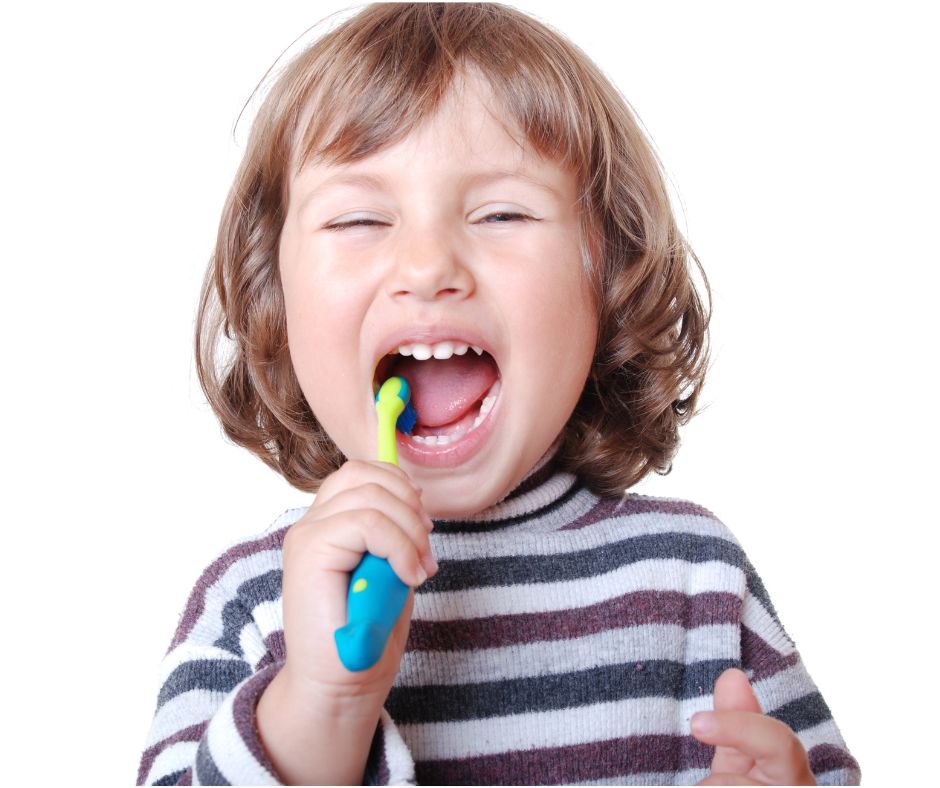Do You Brush Your Teeth Too Hard?

The Proper Way to Brush Your Teeth
It will require some mindfulness, but you can change your hard-brushing ways, Romo says. Follow these proper-brushing tips and you’ll relieve tooth sensitivity and prevent damage to your teeth and gums.
Use a soft-bristled toothbrush. Choose one with the American Dental Association (ADA) seal and replace it every three or four months — or sooner if it frays, according to the ADA. The size and shape of your toothbrush should fit your mouth well so you can reach all areas easily, adds the ADA.
Place your toothbrush at a 45-degree angle to your gums. That way, the bristles can reach and clean underneath your gumline, Romo says.
Gently move the brush back and forth. Use short, tooth-wide strokes to clean the outer, inner, and chewing surfaces of the teeth, the ADA recommends. To clean the inside surfaces of your front teeth, tilt your brush vertically and use up-and-down strokes. If you’re using an electric toothbrush, let it do all the work and just lightly glide it over your teeth instead of pushing it against them. To make sure you’re using a gentle grip, try holding your toothbrush in your nondominant hand.
Slow down. Dentists recommend that you brush your teeth for two full minutes twice a day to prevent plaque and cavities, according to the ADA. “For people who have never tried it, it can feel like an eternity. You don’t really know what two minutes feels like until you actually brush that long,” Romo says. But when you’re not rushing to finish, it will keep you more mindful about brushing gently.
Choose the Right Toothpaste (and Floss)
It’s also important to use an ADA-accepted fluoride toothpaste to help prevent cavities, per the ADA. Be sure to choose a toothpaste with the ADA seal, which means it has been tested and proven to contain enough fluoride to protect your teeth.